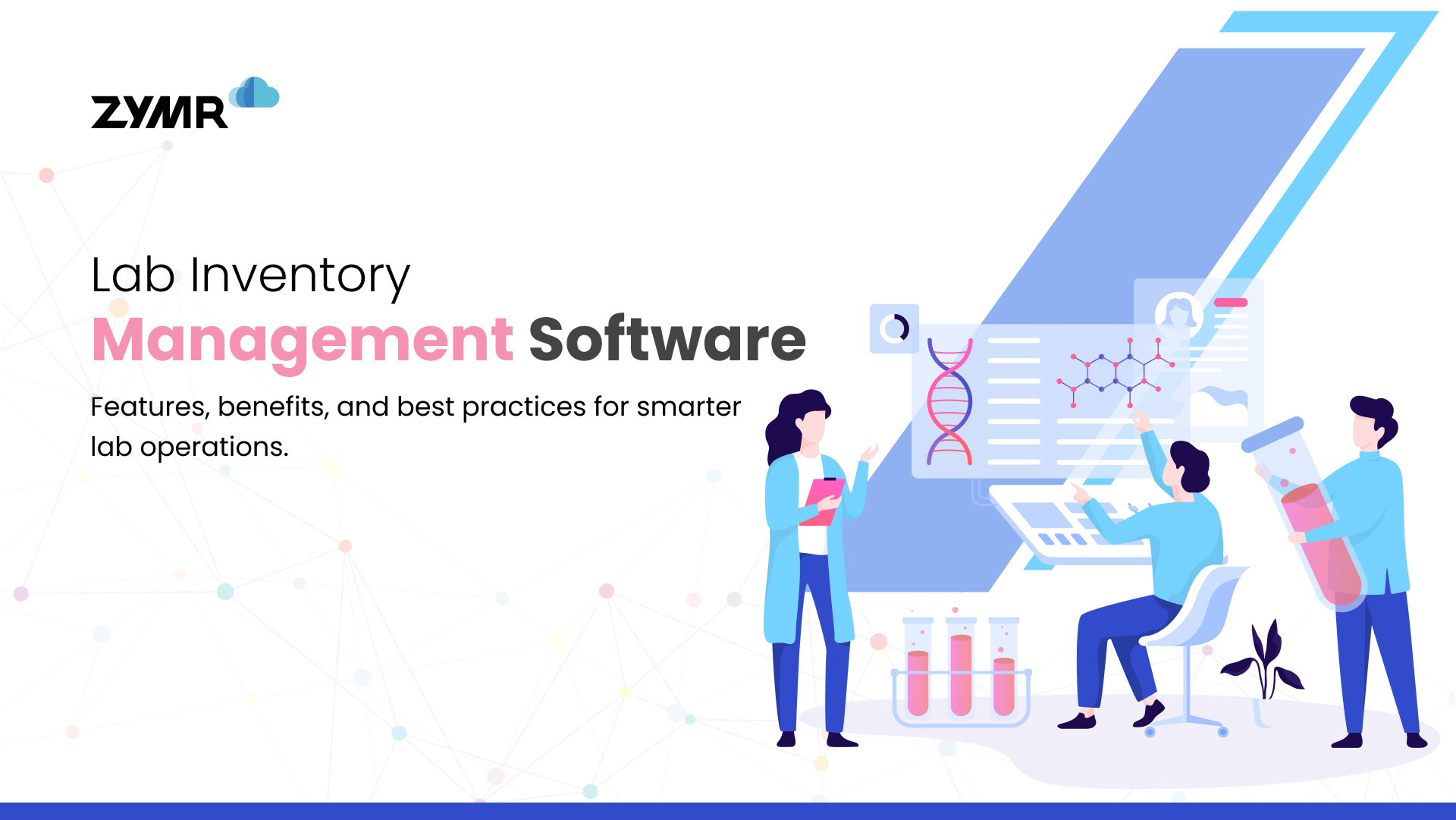Chaos Engineering: QE Automation and Kubernetes Come Together For Quality-Driven Software Development

July 15, 2024
QE Automation
Speculating the upcoming breakthroughs in software testing for 2023 a recent Forbes article suggests that the identification and resolution would now be carried out “early on” in the development process. Quality Engineering has evidently empowered DevOps teams to integrate test automation in the prior stages for better quality and shorter time-to-market. In addition to that, there are much fresher innovations in QE Automation that further sharpen the competitive edge for enterprises. One such name that everyone seems to be talking about is, “Chaos Engineering”. Helping to identify more obscure potential failure points, Chaos Engineering (CE) is enabling QE teams to embolden their DevTestOps efforts. In this article we will share the insights curated by our QE experts while exploring Chaos Engineering and how it can be implemented for quality-driven digital transformation using Kubernetes.
Comfort In Chaos
Gartner defines Chaos engineering as the process of identifying potential vulnerabilities in the digital system by the means of experimental and failure testing. A effective way to test distributed systems, Chaos Engineering can be implemented to improve the reliability, resiliency, and security of the digital ecosystem. Enterprises can integrate the CI/CD pipelines with CE at different stages as required.
Performance Testing
A highly effective utility offered by CE is the easy identification of performance bottlenecks. QE teams can employ CE tools to carry out fault injection testing, and load and stress testing of the system against high traffic levels and resource engagements. It is an essential benefit as enterprises can have a definitive perspective about their solutions’ scalability, resource management, and fault tolerance. Server crashes or disk failures are common challenges in distributed systems and CE can help identify potential single points of failure early on in the pipeline.
Security Testing
Another important benefit of implementing CE is identifying security vulnerabilities in the system. It can help QE teams simulate attacks such as DDoS or injection to test the system’s response how the system responds. Enterprises can also leverage CE to address security issues early in the CI/CD pipeline and strengthening the overall security posture.
Network Testing
As discussed above high traffic leading to network failures is a big challenge while working with multi-cloud infrastructures and distributed systems. By simulating real-world network issues, such as dropped packets or latency spikes, CE can help organizations identify weak points in their network infrastructure. It can also help enterprises build more resilient network infrastructures to withstand unexpected failures.
Disaster Recovery
Chaos Engineering can also help enterprises understand the effectiveness of their disaster recovery plans and business continuity strategies. While managebly allowin the system to pass through real-world scenarios, QE teams can identify gaps in the system's recovery capabilities and make improvements to the recovery plan.
Managing Chaos With Kubernetes Chaos Engineering
Refining QA Automation Services strategies to integrate Chaos Engineering would require enterprises to have a good understanding of their critical systems. While there are multiple CE tools available for designing controlled experiments and identifying failure scenarios, Kubernetes Chaos Engineering can definitely prove to be a reliable option. The tool designed to handle failures and integrate with wide range of tools and APIs. Here’s how DevOps and QE teams can integrate Kubernetes chaos engineering into the pipeline:
- Initial Setup: Kunernetes offers its own tools to help implement Chaos engineering. Enterprises can pick from Chaos Mesh, LitmusChaos, and Chaos Toolkit based on their requirements for versatility, ease of integration, extensibility and support for the legacy platforms.The initial setup involves installation and configuration of the selected tool in the Kubernetes cluster.
- Simulating Failure Scenarios: For the simulation process to begin, the QE teams will have to create Chaos Experiments as per the scope, duration, and expected response for the system being tested. Once the chaos experiments are created, they can be easily automated for frequency using suitable trigger API.
- Monitoring Setup: The chaos experiments can also be setup for continuous monitoring. This will help enterprise analyze the experiment results and consistently improve the cluster design and implementation processes.
Conclusion
QA Automation Services can reap a lot of functional benefits by implementing Chaos Engineering. By identify potential issues early in the development cycle enterprises can align themselves for more competitive and quality-driven offerings in the market. Kubernetes already enjoys a strong community support and therefore it is a befitting tool for implementing CE easily and efficiently. QE automation services company Zymr can help you integrate Chaos Engineering into your QE strategies.
Contact our test automation experts today.
FAQs
>
>
>
>
>
Have a specific concern bothering you?
Try our complimentary 2-week POV engagement
Our Latest Blogs

December 30, 2025
The Ultimate Guide to EHR-CRM Integration: Benefits, Use Cases & Best Practices


December 29, 2025





.svg)
.svg)
.svg)
.svg)
.svg)
.svg)
